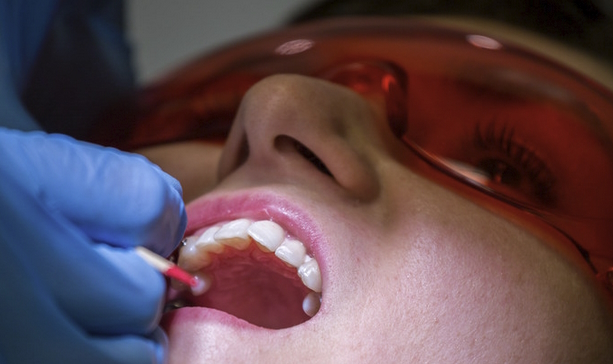The Impact of Braces on Young Smiles

Braces are a common form of orthodontic treatment for kids and teens. They can help create a beautiful, healthy smile, as well as correct any misalignment issues in the teeth or jaw. Braces can provide many benefits for kids and teens, including improved oral health and self-confidence. This introduction will discuss the various types of braces available for kids and how they work to improve smiles. It will also cover what parents need to know before choosing braces for their children.
Reasons to Get Braces
Braces are an increasingly popular way to improve the appearance of your teeth and get a healthy, beautiful smile. While braces may seem like a daunting and expensive commitment, there are many benefits that make them more than worth it. Kids braces in Melbourne offers a range of services to ensure that your child is receiving the best possible care and treatment. Here are some of the top reasons to get braces:
- Improved Oral Health: Braces can help correct misaligned teeth, which can lead to cavities, gum disease, and other oral health problems. By straightening your teeth with braces, you’ll be able to brush and floss more effectively so you can maintain your oral health better in the long run.
- More Confidence: Having a nice smile is one of the best ways to boost self-confidence. With straight teeth, you’ll feel much more confident about yourself when talking or smiling around others. This improved confidence will likely have positive effects on other areas of life as well!
- Easier Eating Habits: Crooked or misaligned teeth can make chewing difficult or even painful depending on how severe they are. By straightening your teeth with braces, eating becomes much easier since you don’t have to worry about uneven bites or discomfort when chewing certain foods anymore!
Benefits of Braces
Braces are one of the most common orthodontic treatments used to correct misaligned teeth and improve overall oral health. While they can be an effective way to improve your smile, there are also many other benefits of braces that may not be immediately obvious. In this article, we’ll explore some of the lesser-known advantages of wearing braces and how it can benefit your long-term dental health.
First and foremost, wearing braces can help improve your bite. When teeth are not properly aligned, it can cause a misalignment in the jaw which leads to difficulty biting or chewing food properly. Wearing braces helps realign the teeth so that they fit together correctly for improved function when eating and speaking.
Another benefit of wearing braces is improved oral hygiene habits due to easier brushing and flossing with straightened teeth. With crooked or crowded teeth, it's often difficult to get into all the crevices where plaque accumulates; however, with straightened teeth, you will have far easier access when brushing and flossing which will result in better overall oral health.
Furthermore, having straighter teeth is beneficial for both aesthetic reasons as well as reducing potential problems that could arise from overcrowded or crookedly positioned teeth.
Cost and Insurance Coverage for Kids' Braces
In today's world, many parents are facing the difficult decision of whether or not to invest in braces for their children. Braces can be expensive and are usually not covered by insurance. Knowing the cost and what insurance coverage is available can help parents make an informed decision.
The cost of braces depends greatly on the type of braces needed, as well as other factors such as age, location, and severity of the orthodontic problem. Traditional metal braces typically range from $3,000-$7,000, while ceramic brackets may cost closer to $5,000-$8,500. Lingual (hidden) braces may cost anywhere from $8500-$10500. Invisalign clear aligners may also be an option for some patients; these typically range from $4200 -$8500 depending on your individual case needs.
Many insurance plans do cover some portion of orthodontic treatment for kids; however, it is important to note that there will likely be a deductible that you must pay before any coverage begins (usually around $50-150). Most plans will only cover up to 50% of treatment costs with a yearly maximum benefit amount of around $1-2 thousand per year per child for orthodontic services.
Conclusion
Kids' braces can be a great way to improve a child's smile and dental health. They can be expensive and time-consuming, but the results are often worth it in the long run. Braces help kids develop good oral hygiene habits and provide them with a beautiful smile that will last them into adulthood. With advancements in technology, braces have become more comfortable, efficient, and affordable than ever before. Ultimately, getting kids braces is an investment that can pay off for years to come.







